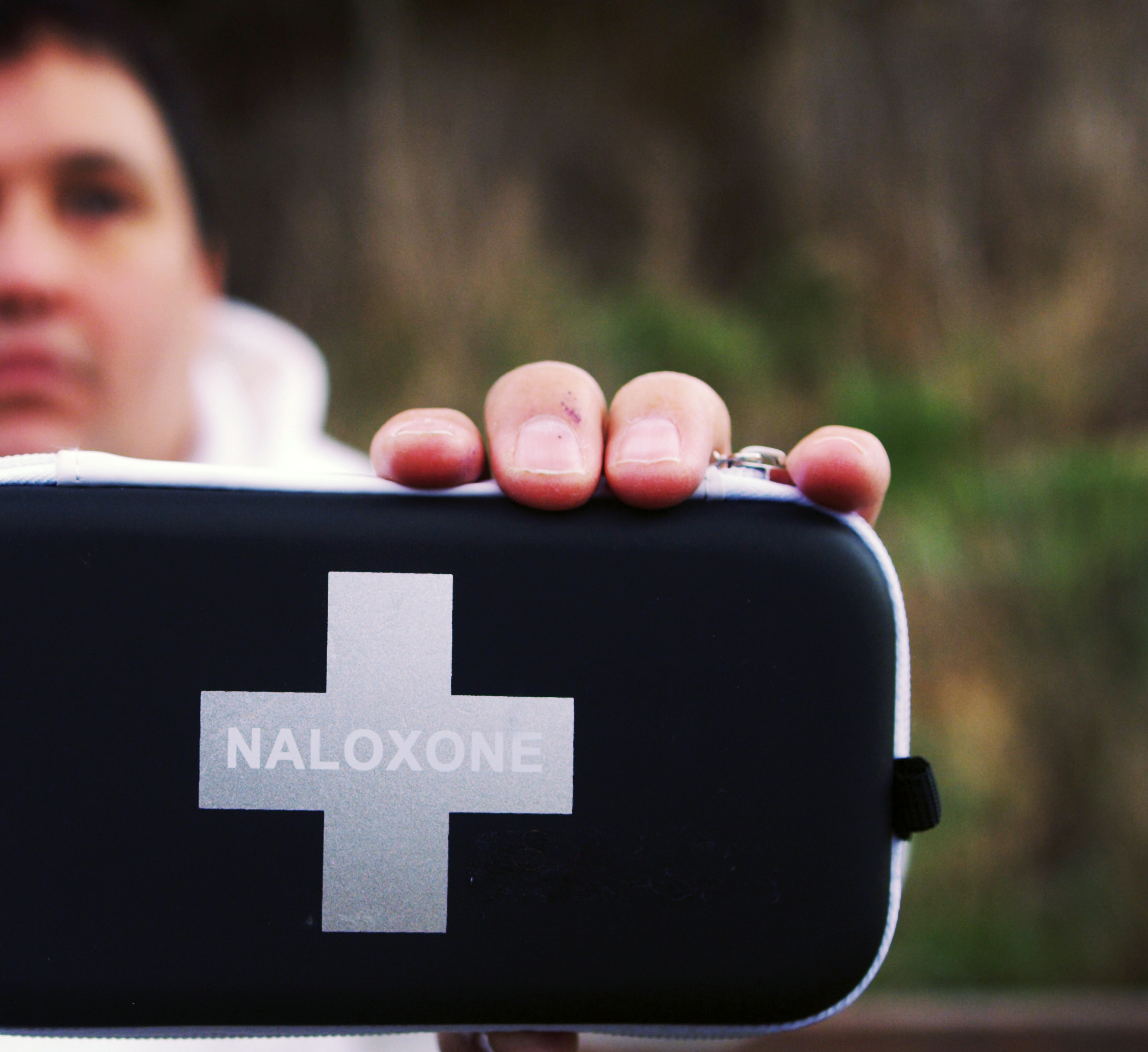
The goal of overdose prevention strategies and activities is to create opportunities for safer substance use with the goal of preventing people from dying of toxic drug poisoning.
Safer Supply
Safer supply is a harm reduction approach that refers to a regulated supply of substances and/or medications that do not have toxic and poisonous ingredients that are known to cause death and serious harms.
Overdose Prevention Sites
Dozens of overdose prevention sites (OPS) and supervised consumption sites (SCS) operate across BC. These sites provide a hygienic environment where people can consume drugs under the supervision of healthcare workers or peers without fear of being arrested. OPS and SCS sites reduce drug-related harms such as drug poisoning, infection and death. Over 120 of these sites operate around the world without a single fatal overdose recorded.
OPS and SCS sites provide: harm reduction supplies (such as sterile rigs/syringes, stems/pipes, water, ties, swabs); a comfortable place to consume drugs; nurses or trained individuals and naloxone in case of an overdose; a “chill-out" space; education about safe injection techniques, and referrals to different health and social services.
Find a location in your region:
Harm Reduction Sites and Services
Harm reduction sites and services are open, safe and expanding to more locations in British Columbia (BC). They are often the best option for using substances safely. Find FNHA-funded programs and projects related to Indigenous harm reduction near you on this map. Find more harm reduction sites and services on towardtheheart.com/site-finder.
“Episodic" Overdose Prevention Sites
Because it has not been possible to establish overdose prevention sites in every community, BC has also created an “episodic" OPS service, called eOPS. eOPS is a less formal overdose prevention service offered in health care and social service settings where trained professionals can support people who use substances. The eOPS program is growing in BC, and is expanding in each health region but is not widely available yet.
At participating health facilities, in supportive housing, and through other social services, staff may be able to:
- Observe or check in while someone consumes drugs on site
- Provide harm reduction supplies
- Prevent toxic drug death with naloxone
- Educate about safer injection techniques
- Offer pharmaceutical alternatives to street drugs in some cases
Lifeguard App
The Lifeguard App can prevent toxic drug death. Ninety per cent of deaths happen when people use substances alone. The Lifeguard app is a digital tool that connects emergency responders automatically to people who are alone and may have unintentionally overdosed. The app is especially helpful if you live in an urban area, have a smartphone, and have access to cellular service or wifi. The app will probably not be as useful in rural and remote areas as emergency responders can take longer to arrive due to the greater distances that they need to travel.
How does the app work? When someone is about to use drugs, they open the app and record the type of substance they are using and confirm their location. The app will hold this information and a timer is set. When the timer ends, the app will sound an alarm, flash a light, and vibrate. The user must hit a button to stop the alarm and indicate they are fine. If they are unable to stop the alarm, a text-to-voice call will go straight to 9-1-1, alerting emergency medical dispatchers of a possible overdose.
The Lifeguard App can be downloaded for free to your smartphone or tablet through the Apple App Store and Google Play Store.
Drug Checking
Check your drugs if there is a site near you. Drug checking is a way to test your drugs for potentially toxic or unexpected substances that could result in overdose or death. A negative test, however, does not guarantee that your drugs are safe because drug checking is not 100 per cent accurate. Even when you have checked your drugs, it's still essential to carry naloxone, not to use alone, and to start low and go slow.
Highly toxic drugs are circulating and dangerous drugs like fentanyl and benzodiazepines (benzos) are contaminating most street drugs. Toxic amounts of fentanyl have been found not only in opioids but also in stimulants such as cocaine and crystal methamphetamine. Fentanyl and benzos could be in your drugs – even if you trust your dealer. There are two ways to test your drugs in BC: FTIR spectrometer and fentanyl test strips.
FTIR Spectrometer
An FTIR machine identifies the presence of substances such as opioids (e.g., fentanyl, heroin), stimulants (e.g., cocaine, crystal meth), and MDMA. FTIR testing is often only available at Overdose Prevention Sites (OPS) or Safe Consumption Sites (SCS) because the machine is large and a technician needs to operate it and interpret the results.
Fentanyl Test Strips
Fentanyl test strips check your drugs for toxic and unexpected substances. Fentanyl test strips are available at all OPS and SCS sites in BC and you can also use the them at home. The test strip is dipped into a mixture of 30 ml of water and a tiny amount of the drug and it only takes a few seconds to get results.
Remember that fentanyl test strips are not 100 per cent accurate and may not detect all toxic substances. Even if your test is negative, the drug may contain fentanyl because the fentanyl might be randomly distributed within the substance (i.e. pill). Although the portion tested may not have fentanyl, this does not mean that your next dose will also be free of fentanyl. The remaining substance may still contain fentanyl, even if the drugs come from the same “batch" or the same dealer.
Fentanyl test strips can detect fentanyl and some variations of fentanyl, but not all. Unfortunately, the strips may not detect other substances, such as carfentanil and other drugs similar to fentanyl.
Drug Checking and Fentanyl Test Strips (Vancouver Coastal Health webpage)
Resources
Government Sites

